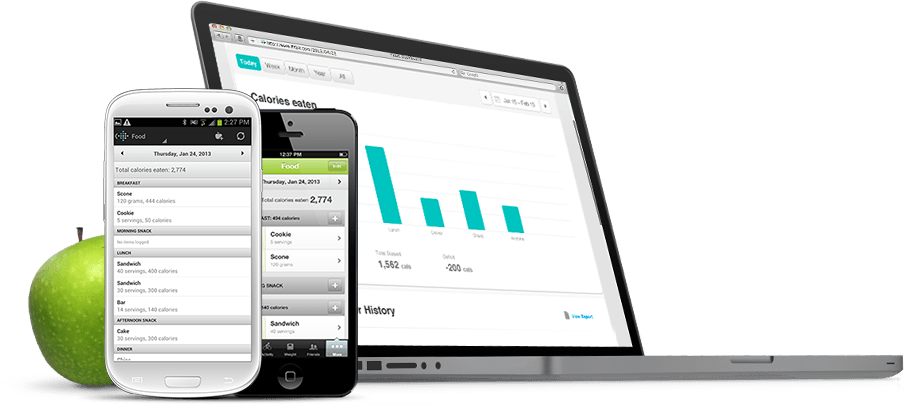<p style="text-align: justify">You’ve owned a desktop computer, a laptop and a smartphone. Now you’re ready to try something else and that would be a tablet. Tablets makes good sense as they are affordable, versatile and offer a happy medium between laptops and smartphones. Before you shop, there are a few things to keep in mind. This tablet buying guide will help instruct you.</p>
<p style="text-align: justify">1. Business or professional. What plans do you have for your tablet? Will it be used for business purposes or professional reasons? Perhaps both? If you will be using your tablet for business purposes, then choose a larger tablet and shop for a companion keyboard. On the Microsoft side of the house you get Microsoft Office included. Choose an Apple product and you’ll get the iWorks suite. With Android-based products, you can enjoy pen input as well as multitasking. Select the system that works best for you — Windows, iOS or Android — and go from there.</p>
<p style="text-align: justify">2. Games or not. Quite a significant number of shoppers look for tablets that are game compatible. By compatible, that does not mean so much the ability to play games, but accessibility to apps. Give Apple the edge here because the number of games available in the iTunes store is amazing. Don’t dismiss the Android-powered tablets entirely — some of the graphics offered will rock your world. And, they’re getting better at offering games too.</p>
<p style="text-align: justify">3. Family friendly. As with any device that connects to the Internet, you want to protect young ones from viewing unsavory content. Shop for a tablet with advanced parental controls, what allows you to thwart the surfacing habits of your more curious offspring. Consider setting up profiles, restricting access from your main computer and downloading programs to monitor activity. Know your options before purchasing any tablet and how to work them advises <a target="_blank" rel="noopener noreferrer"><strong>Fuzion Electronix</strong></a>.</p>
<p style="text-align: justify">4. Media and music access. No tablet is worth much unless you have virtually unfettered access to videos and music. Some tablets, especially those offered by Amazon, provide an annual membership that permits access to videos, music and books. Apple products provide iTunes access, while Windows-based tablets can be synced with your xBox.</p>
<p style="text-align: justify">5. Operating system choices. We touched on the three operating systems previously. Initially, Apple was the top choice in this area with Microsoft making a token run for customers. Now, Android is coming on strong, offering customization not found with Apple. Microsoft’s Windows, long the dullard in all things computing, has improved substantially, but only if you have Windows 8.1. Apps are essential, so Apple leads here with Android performing quite well. Microsoft has made important strides too and is working diligently in catching up.</p>
<p style="text-align: justify">6. Know your specifications. Figure that you will keep your tablet for several years before even considering an upgrade. You want a kick butt processor and at least 1 GB of RAM, but aim higher if you can. If your tablet offers internal storage, later expansion with a microSD card should be possible. Go with a 32GB or greater storage and you won’t regret your decision. As far as battery life goes, the minimum number of hours is now 10, although some less costly units may only provide half that life. Battery life is one area where many people are just not willing to skimp on. And who can blame them?</p>
<p style="text-align: justify">7. Price considerations. You may have seen advertisements for tablets with a starting price of under $100. The Amazon Fire HD 6 is the price leader and a decent tablet at that. But if you are looking for a 9-inch screen and all the bells and whistles that the premium tablets offer, you will pay closer to $400 for one. Choose one of the top-end models and you are looking at the replacement for your laptop.</p>
<p style="text-align: justify">Tablet Considerations</p>
<p style="text-align: justify">Tablets have certainly found their place in the market. Within the next few years, they’ll essentially become the default computer for people who need something more than a smartphone. And with many pricing and specification options available, more people can afford them, further extending computing reach around the globe.</p>

Tablet Time Buying Guide
